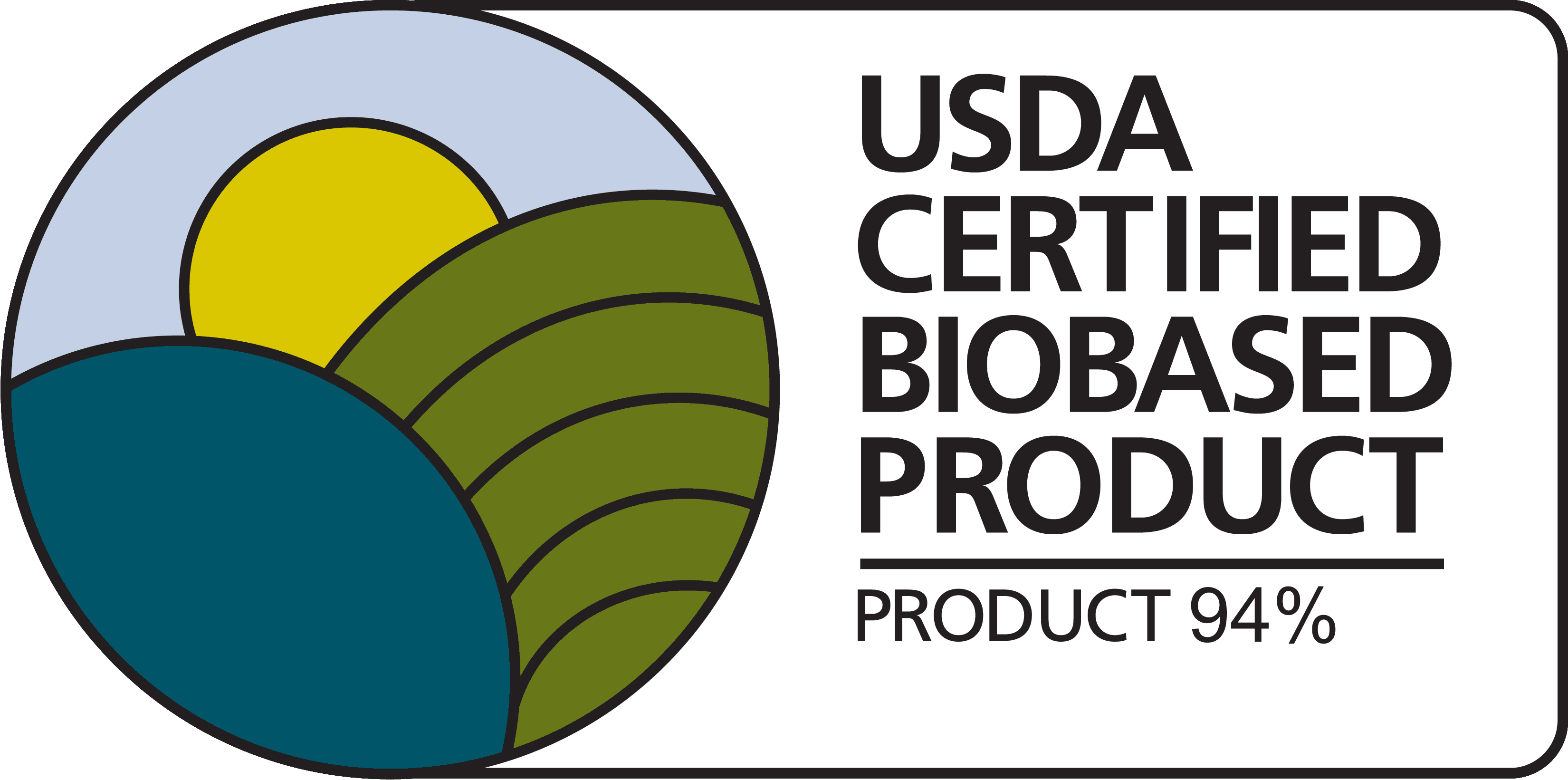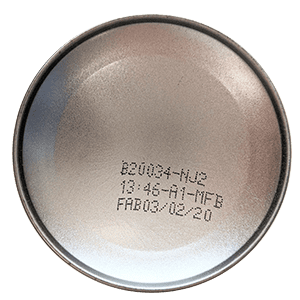DANGER EXTREMELY FLAMMABLE
CONTAINER MAY EXPLODE IF HEATED.
KEEP OUT OF REACH OF CHILDREN.
PRECAUTIONS: CONTENTS UNDER PRESSURE.
DO NOT use in presence of open flame or spark.
DO NOT puncture or incinerate container or store at temperatures over 50ºC.
DO NOT use on polished wood furniture, or acrylic plastics, leather and painted surfaces.
DO NOT use on rayon, silk, acetate or satin fabrics. Always test on a hidden area of fabric. Avoid contact with eyes and food.



